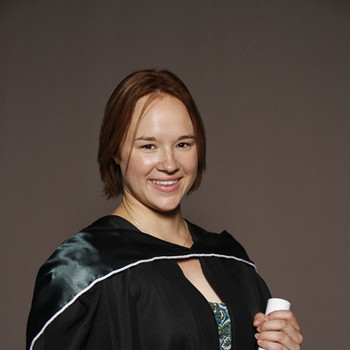When a girl bends her arm, she uses a different muscle to bring it back to the original position. Why can’t she use the same muscle to both bend and straighten her arm?
2 Answers
A muscle has action lines and to produce the movement it shortens/contracts. The opposing movement would result in the lengthening of the muscle, but this action would not move the relevant bone.
Explanation:
With muscles, you get synergists which are muscles that work together to bring about a movement. You also get agonists and antagonists, antagonists bring about the movement which is opposite to the agonists. The antagonist also results in stabilization during the movement.
Muscles work opposite to each other. This is known as antagonistic action .
Explanation:
Try to bend your fore arm. For bending hand muscles of upper hand biceps and triceps work opposite to each other. When triceps muscle at the back side of humerus contracts hand becomes straight. When you wish to bend the hand biceps contracts. It makes lifting of the hand that is bending the fore arm. This antagonistic action of muscles is responsible for movement.
If both muscles contract no movement is possible.

